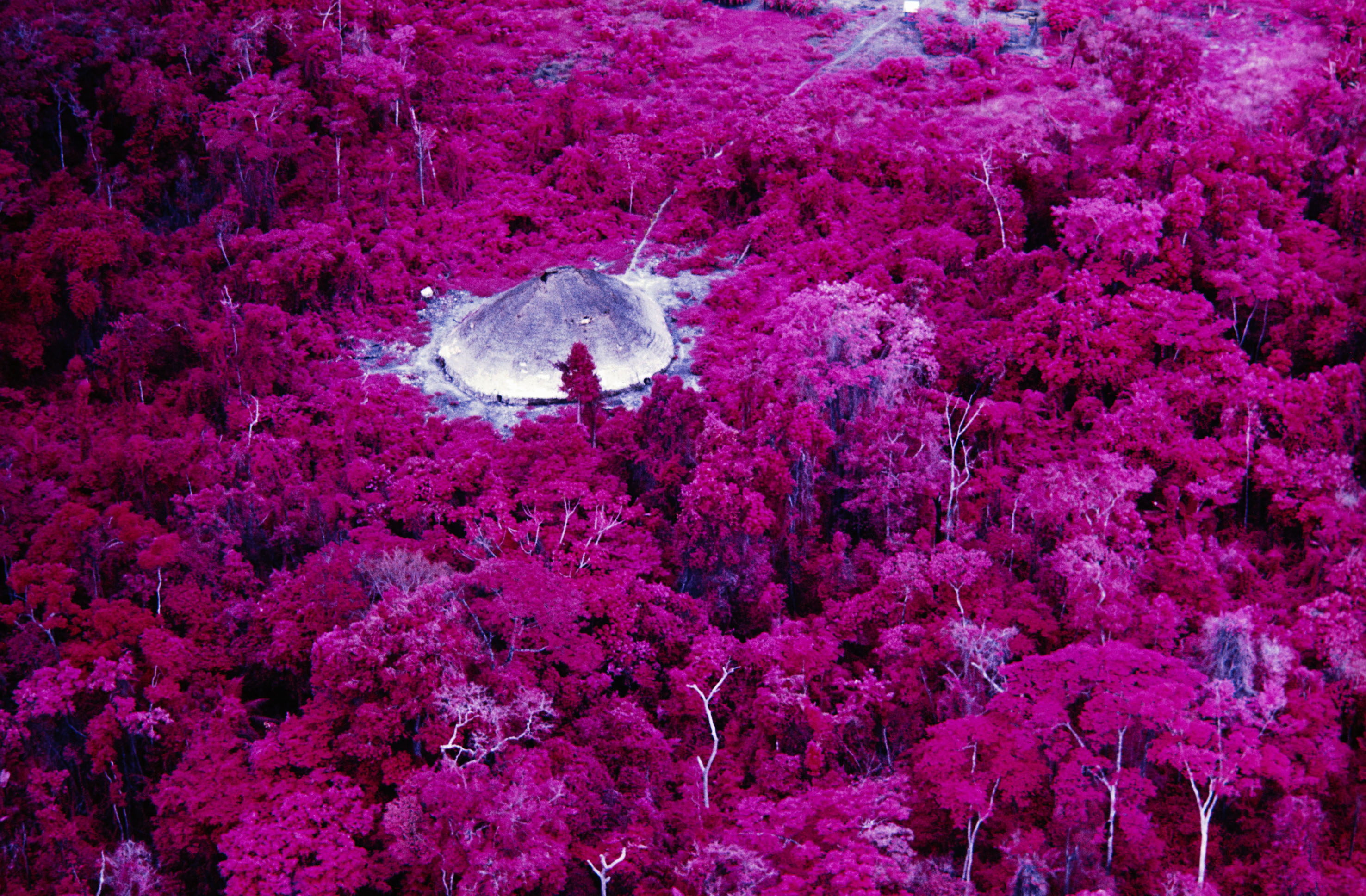Claudia Andujar, Collective house near the Catholic mission on the Catrimani River, Roraima state, 1976
Established in 2013, Kyotographie is now one of the biggest photofestivals in Asia. This spring it returns for its 12th edition with exhibitions themed around ‘Source’
French photographer Lucille Reyboz and Japanese lighting artist Yusuke Nakanishi met in 2011 at a party in Tokyo, where they bonded over Lafcadio Hearn’s Kwaidan, a book about Japanese ghost stories they were both reading. Becoming partners in life and work, they created a series of images inspired by the supernatural narratives which they exhibited in Paris in 2012. While in France to see the show, they took a trip to Les Rencontres d’Arles, and were struck by how few Japanese people were attending. Photobooks are a celebrated art form in Japan, but festivals have not had the same impact – so much so that few people there had heard of Arles. Reyboz and Nakanishi were inspired to set up a photofestival, and launched Kyotographie in 2013 in Kyoto, a city famous for its classical Buddhist temples, Shinto shrines and imperial palaces.
Eleven years later, Kyotographie is one of the biggest photofestivals in Asia, and has established partnerships with organisations such as the Maison Européenne de la Photographie, Paris; Kering Women in Motion; Ruinart Japan; Chanel; and Dior.
This spring it returns to the photography calendar with an event spanning 13 exhibitions, staged in venues across the city including the Museum of Kyoto Annex, Kyoto City Kyocera Museum of Art, Kyoto Art Center and Kyoto Shimbun Building B1F, a former printing plant.
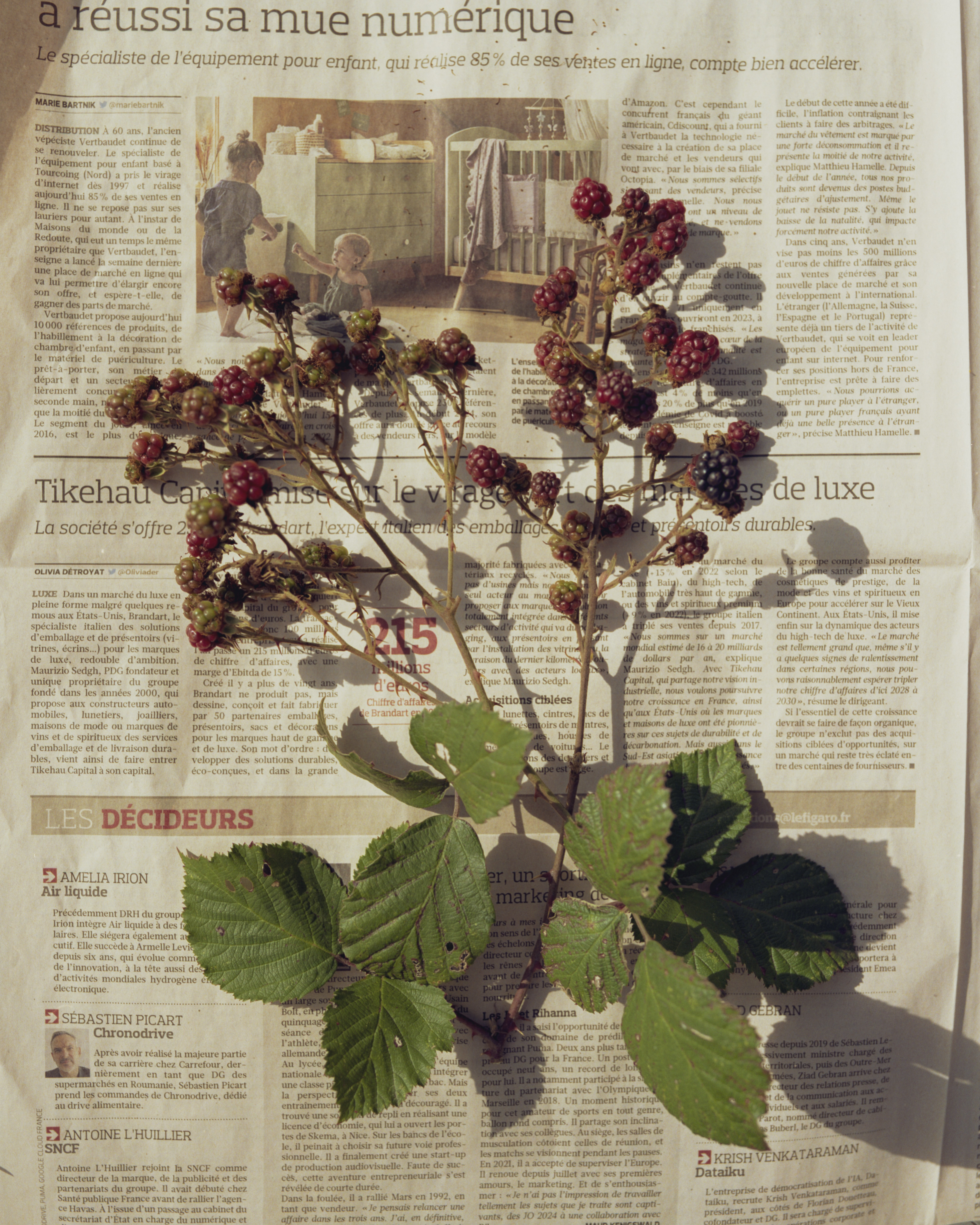
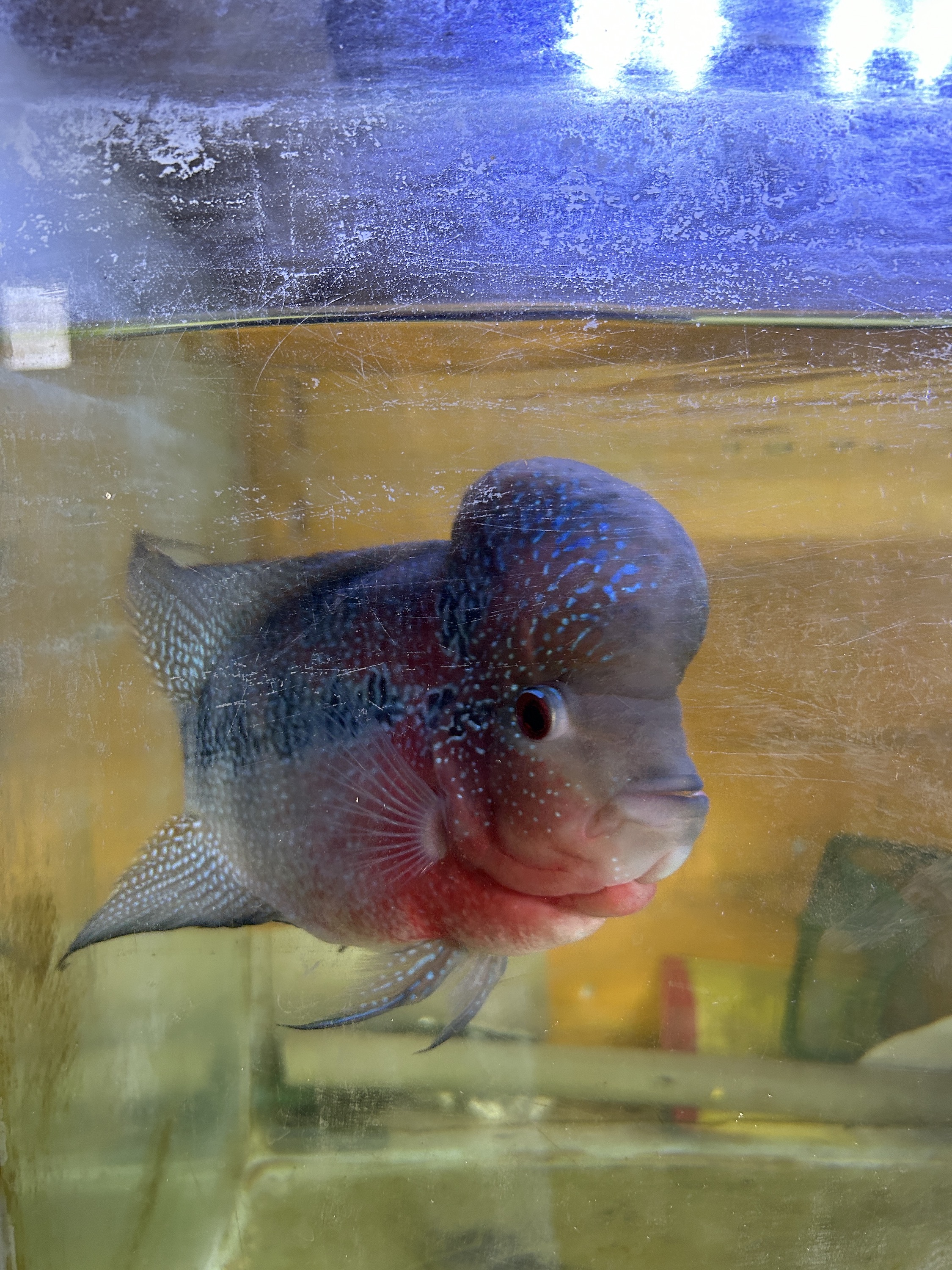
“We always aim to highlight the richness of both local and international talent. By highlighting many regions and people we can offer a dynamic and inclusive festival which connects and elevates everyone”
Reyboz and Nakanishi aim to use the festival to showcase Japanese photographers and spotlight interesting international work via both established and emerging names. “Balancing international and Japanese artists is a deliberate effort to create a platform for cross-cultural exchange,” they explain. “We always aim to highlight the richness of both local and international talent. By highlighting many regions and people we can offer a dynamic and inclusive festival which connects and elevates everyone.”
One of the headline shows in 2024 is The Yanomami Struggle by Claudia Andujar, a Swiss-born photographer who has lived in Brazil since 1955, working for decades with the Yanomami indigenous group. The exhibition is curated by Thyago Nogueira from São Paulo’s Instituto Moreira Salles, and has won acclaim in previous outings at the Barbican Centre, London, and Fondation Cartier pour l’art contemporain, Paris.
Another big show at Kyotographie this year is Welcome to Birdhead World, 2024 Kyoto, which collects recent work by the Chinese duo Birdhead (Song Tao and Ji Weiyu). They have collaborated since 2004, initially documenting the rapid development of Shanghai but are here testing the medium of photography itself by interpreting widely the festival’s 2024 theme, ‘Source’. In Welcome to Birdhead World, 2024 Kyoto, ‘Source’ references the roots of photography, while in Thierry Ardouin’s Seed Stories it reads as a more literal description. Working with seeds held by the Muséum National d’Histoire Naturelle in Paris, Ardouin has used scientific equipment to create a series of ‘portraits’, showing their sheer diversity and beauty.
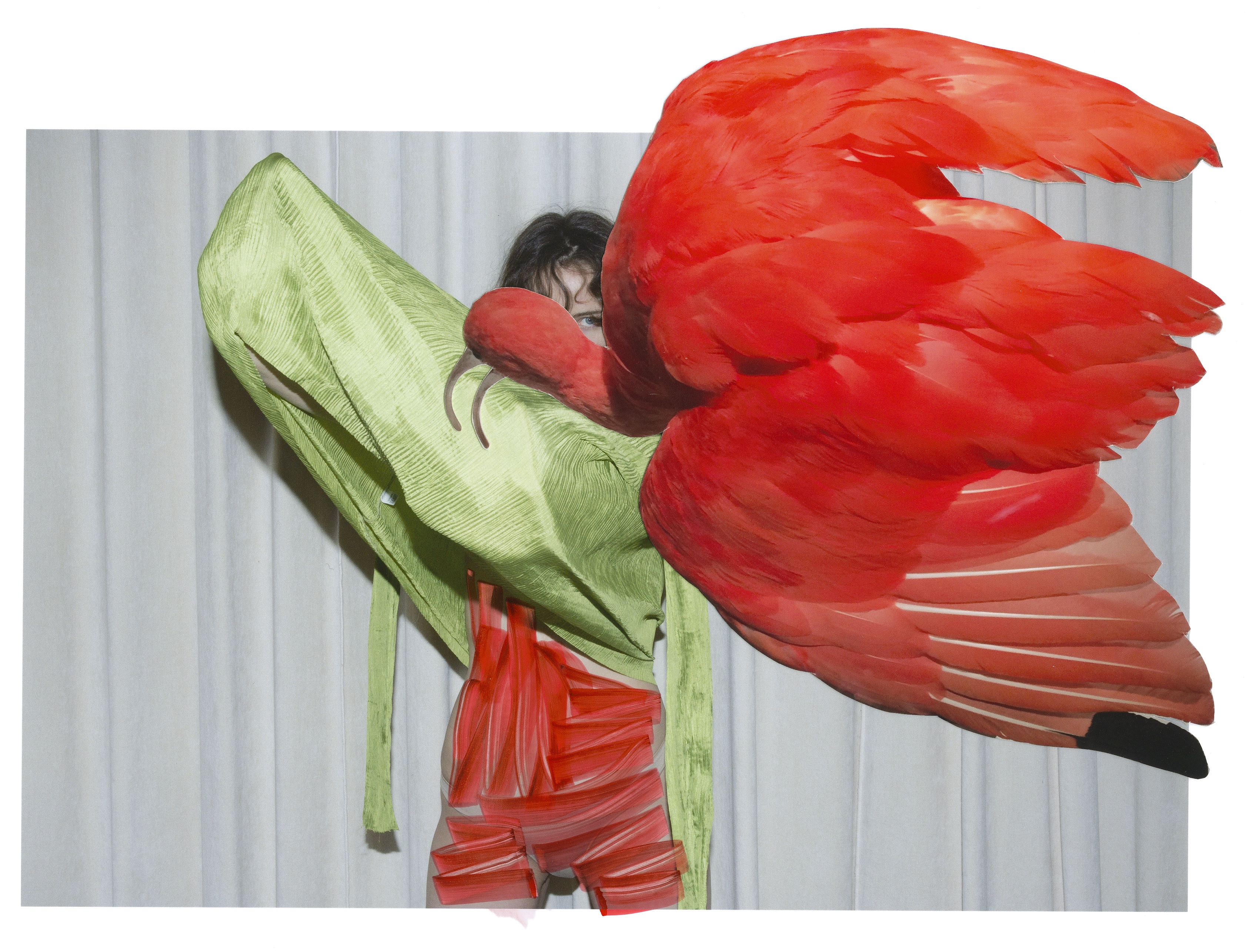
Two other major exhibitions at Kyotographie demonstrate its links with France. There is a retrospective of work by Dutch photographer Viviane Sassen, presented in collaboration with the MEP, and an exhibition by Lucien Clergue, founder of the Arles festival, who photographed the Camargue’s travelling community for years. Gypsy Tempo is curated by François Hébel, previously a director of Les Rencontres d’Arles and until recently director of the Fondation Henri Cartier-Bresson, Paris.
Elsewhere there is an exhibition by Kikuji Kawada, a Japanese photographer whose twist on ‘Source’ is the fact he co-founded the Vivo collective in 1959, with giants of Japanese photography such as Eikoh Hosoe and Shōmei Tōmatsu. Kawada’s most famous work is The Map, a groundbreaking photobook published in 1965, but he is still active today and regularly posts on Instagram. Kyotographie also includes Tetsuo Kashiwada, the Ruinart Japan Award 2023 winner, who went back to the ‘Source’ by visiting the French champagne-maker’s vineyards and forests on its residency programme.
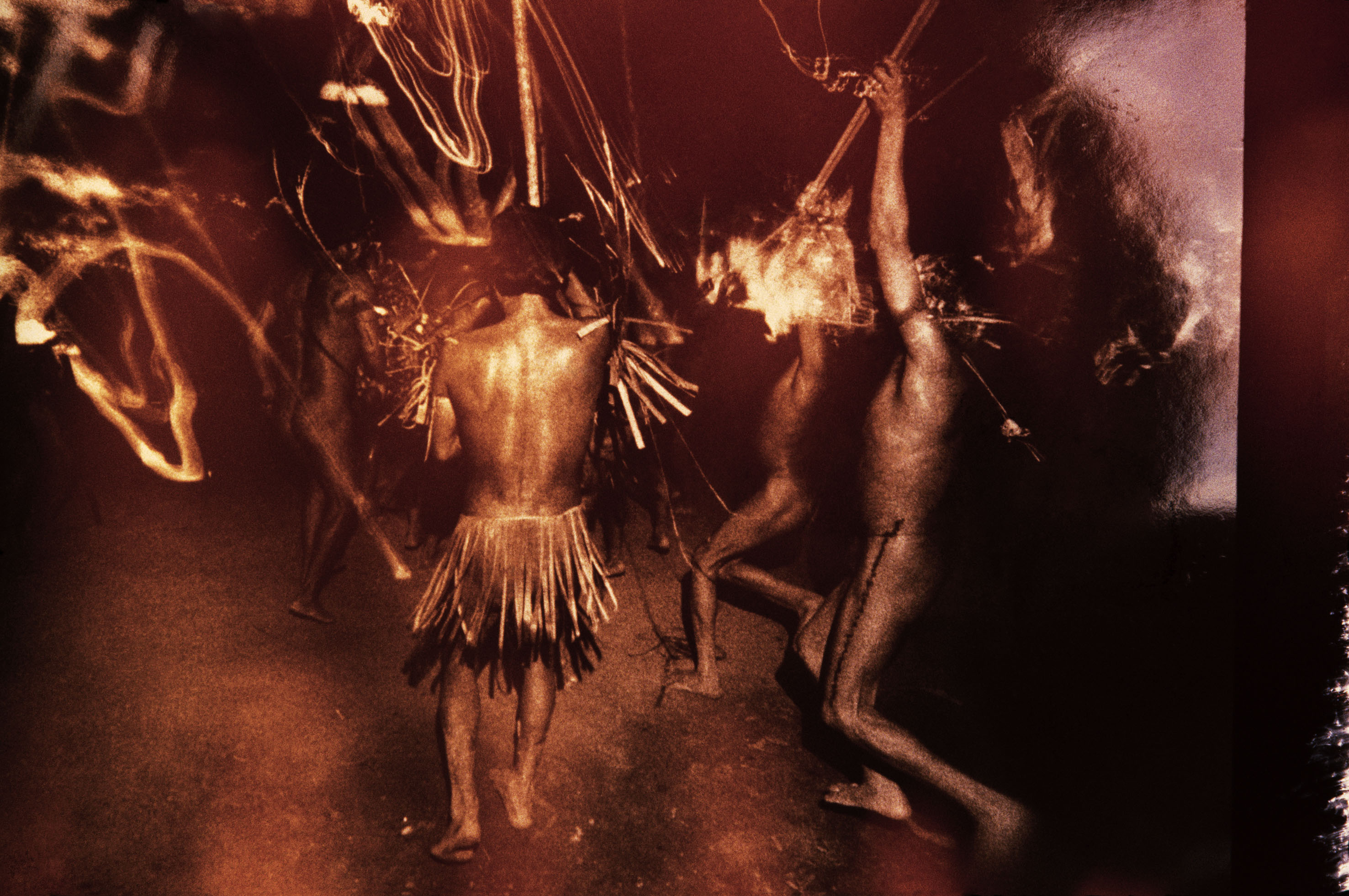
Other new work includes Jaisingh Nageswaran’s images around Indian Dalit identity; a photographic dialogue between Rinko Kawauchi and Tokuko Ushioda; and James Mollison’s updated classic Where Children Sleep. A collection of photographs titled You Don’t Die – The Story of Yet Another Iranian Uprising documents protests staged after the death of Mahsa Amini on 13 September 2022, following her arrest by the so-called morality police. Most of these images were posted online by Iranians who have requested anonymity to protect their lives; they were gathered by two Le Monde staff members, Ghazal Golshiri who was born in Tehran, and Marie Sumalla from Perpignan.
Moroccan artist Yassine Alaoui Ismaili (Yoriyas) will be showing new work made in Kyoto, on the Kyotographie artist-in-residence programme for young African artists. The residency is based in the Delta/ Kyotographie Permanent Space in the Demachi Masugata Shopping Arcade, and Yoriyas made work in the mall, on the street, and along the Kamogawa River. The residency was officially inaugurated five years ago but Kyotographie has always shown work by African artists, Reyboz points out. “I was born in Mali and have many deep connections to the continent,” she says. “This initiative is one way we reflect our ongoing efforts to amplify voices and foster meaningful connections between cultures and also celebrate where we have come from and our life experiences.”
The 12th edition of Kyotographie International Photography Festival takes place at various venues across Kyoto from 13 April to 12 May

